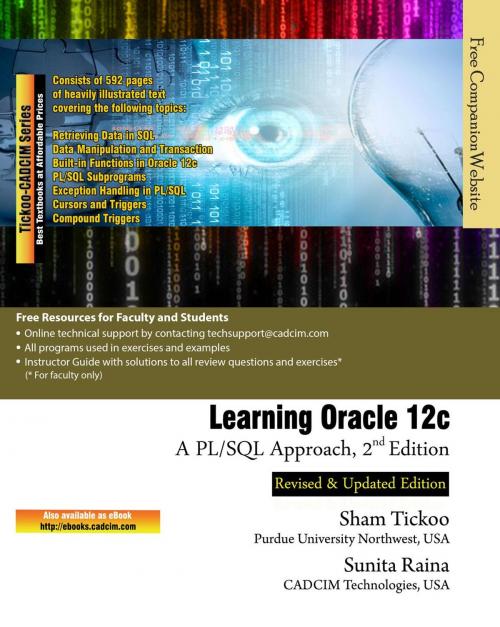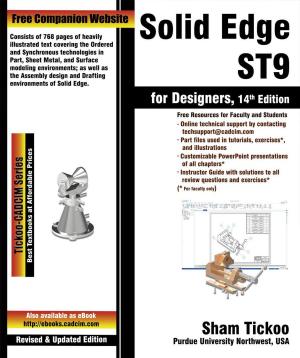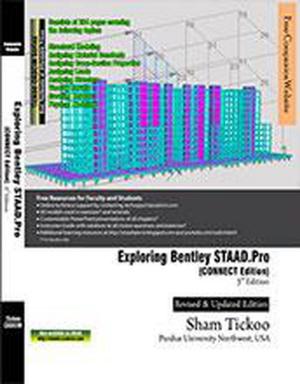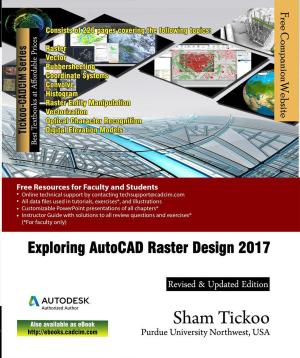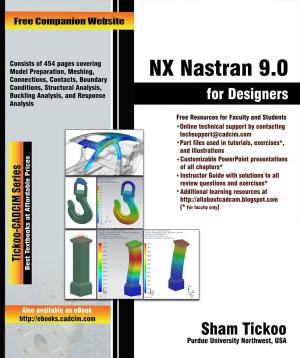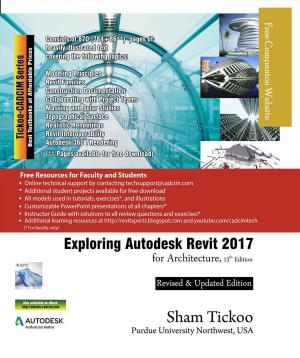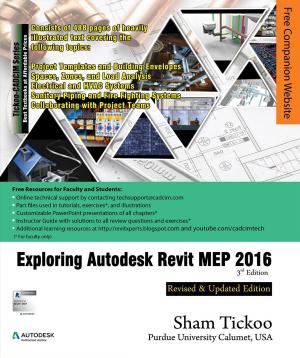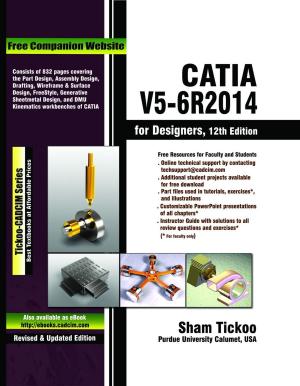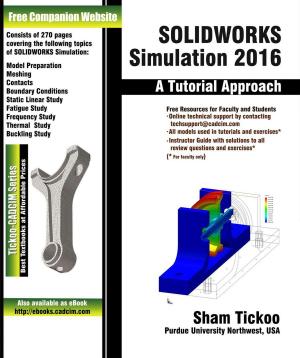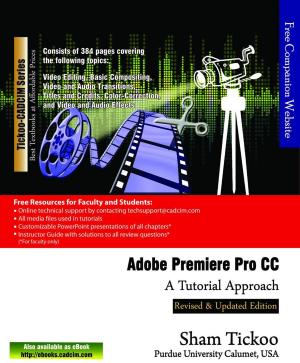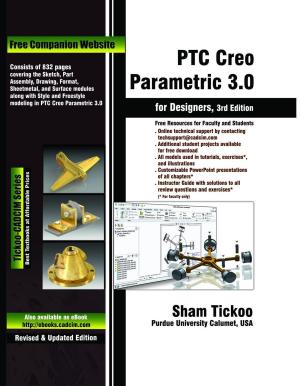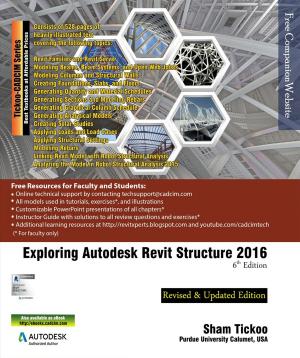Learning Oracle 12c: A PL/SQL Approach
Nonfiction, Computers, Database Management, Application Software| Author: | Prof Sham Tickoo | ISBN: | 9781386566458 |
| Publisher: | CADCIM Technologies | Publication: | June 1, 2017 |
| Imprint: | Language: | English |
| Author: | Prof Sham Tickoo |
| ISBN: | 9781386566458 |
| Publisher: | CADCIM Technologies |
| Publication: | June 1, 2017 |
| Imprint: | |
| Language: | English |
Learning Oracle 12c: A PL/SQL Approach is an example-based textbook written to cater the needs of the students and the professional developers who want to develop databasemanagement applications using Oracle SQL and PL/SQL. The chapters in this textbook are structured in a pedagogical sequence, which makes the learning process very simple andeffective for both the novice as well as the advanced users of Oracle. In addition, the book follows the PL/SQL approach that will help you develop database applications with improved performance. A wide range of features of SQL and PL/SQL such as data manipulation and transaction, built-in functions, exception handling in PL/SQL, cursors and triggers, subprogramshave been covered in the textbook that will enable the readers to take full advantage of this cutting-edge technology.
It is a comprehensive textbook with rich information about Oracle and is written in an easy-to-read format supported by hints and illustrations. The highlight of the textbook is that each concept introduced in it is explained with the help of suitable examples to clarify concepts and facilitate better understanding. The simple and lucid language used in the textbook makes it a ready reference for both the beginners and the intermediate users.
Some of the Salient Features of this textbook are as follows:
Learn-by-doing Approach
The author has adopted the learn-by-doing approach in the textbook that guides the users through the process of creating and executing the SQL and PL/SQL code to develop database applications.
Tips and Notes
Additional information is provided to the users in the form of tips and notes.
Illustrations
The concepts in the textbook are explained through suitable examples, schematic representations, tables, screen-capture images, and programs to help the readers learn them easily and effectively.
Learning Objectives
The first page of every chapter summarizes the topics that are covered in it.
Self-Evaluation Test, Review Questions, and Exercises
Every chapter ends with Self-Evaluation Test so that the users can assess their knowledge. The answers to Self-Evaluation Test are given at the end of each chapter. Also, Review Questions and Exercises are given at the end of each chapter that can be used by the instructor as test questions and exercises.
Learning Oracle 12c: A PL/SQL Approach is an example-based textbook written to cater the needs of the students and the professional developers who want to develop databasemanagement applications using Oracle SQL and PL/SQL. The chapters in this textbook are structured in a pedagogical sequence, which makes the learning process very simple andeffective for both the novice as well as the advanced users of Oracle. In addition, the book follows the PL/SQL approach that will help you develop database applications with improved performance. A wide range of features of SQL and PL/SQL such as data manipulation and transaction, built-in functions, exception handling in PL/SQL, cursors and triggers, subprogramshave been covered in the textbook that will enable the readers to take full advantage of this cutting-edge technology.
It is a comprehensive textbook with rich information about Oracle and is written in an easy-to-read format supported by hints and illustrations. The highlight of the textbook is that each concept introduced in it is explained with the help of suitable examples to clarify concepts and facilitate better understanding. The simple and lucid language used in the textbook makes it a ready reference for both the beginners and the intermediate users.
Some of the Salient Features of this textbook are as follows:
Learn-by-doing Approach
The author has adopted the learn-by-doing approach in the textbook that guides the users through the process of creating and executing the SQL and PL/SQL code to develop database applications.
Tips and Notes
Additional information is provided to the users in the form of tips and notes.
Illustrations
The concepts in the textbook are explained through suitable examples, schematic representations, tables, screen-capture images, and programs to help the readers learn them easily and effectively.
Learning Objectives
The first page of every chapter summarizes the topics that are covered in it.
Self-Evaluation Test, Review Questions, and Exercises
Every chapter ends with Self-Evaluation Test so that the users can assess their knowledge. The answers to Self-Evaluation Test are given at the end of each chapter. Also, Review Questions and Exercises are given at the end of each chapter that can be used by the instructor as test questions and exercises.
